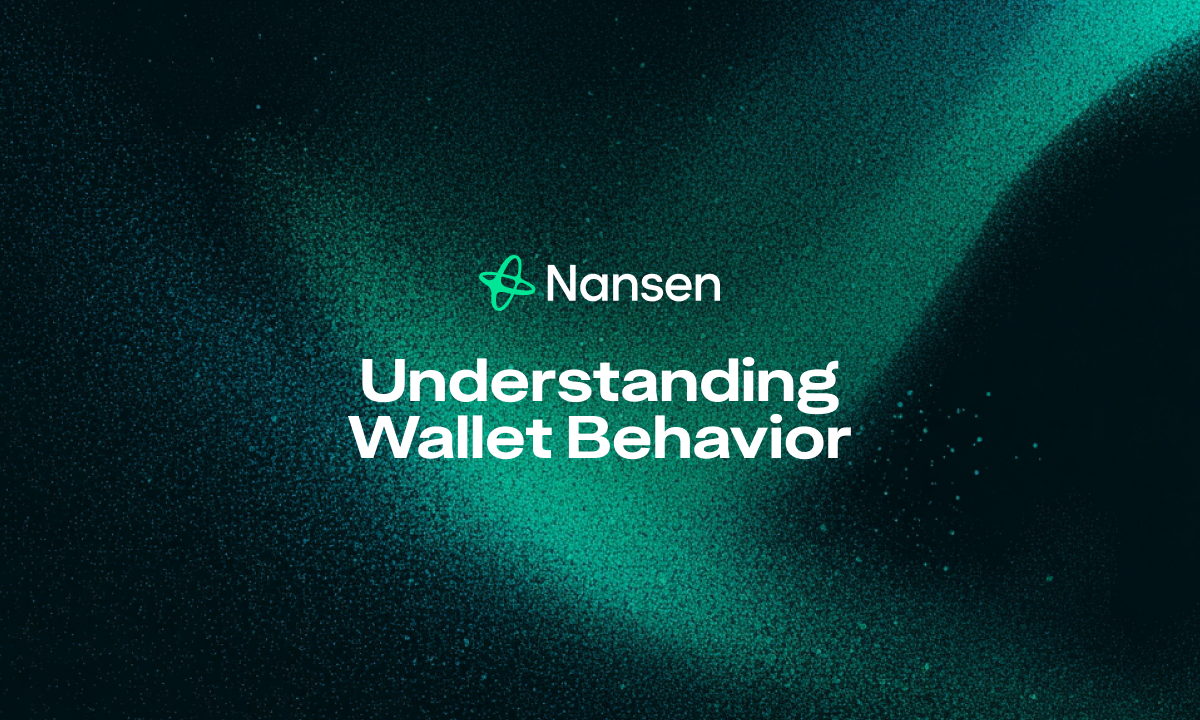Understanding wallet behavior significantly reduces crypto investment risks by providing real-time insights into market sentiment, project health, and potential red flags. By analyzing onchain transactions, investors can differentiate experienced "smart money" movements from retail speculation, track large fund flows (whales), and identify suspicious activity, enabling proactive risk management and informed decision-making in the volatile crypto market. This approach is a core component of effective crypto market analysis and blockchain risk analysis.
Wallet Behavior as a Leading Indicator for Crypto Investment Risk Management
Wallet behavior offers transparent, immutable records of market participants’ actions directly on the blockchain. Unlike traditional markets where data can be delayed or opaque, onchain data provides immediate insights into how capital moves, often serving as a leading indicator of price trends or shifts in market sentiment. Analyzing these wallet movements allows investors to pre-empt risks and capitalize on opportunities before they become widely apparent.
Differentiating Smart Money From Retail Investors
"Smart money" consists of experienced investors—such as institutions, professional traders, or early adopters—who consistently make profitable decisions backed by superior analysis or privileged information. Their wallet behavior often entails strategic accumulation, distribution, or timed entry and exit from assets, usually preceding significant market moves.
Retail investors tend to exhibit emotional trading patterns: chasing pumps or panic-selling, which leads to higher risk exposure. Monitoring the divergence or convergence between smart money and retail activity provides critical clues about market direction and potential risk zones.
Monitoring Whale and Insider Wallet Movements
Whales—holders of large cryptocurrency quantities—can influence market prices through significant buy or sell orders. Their wallet patterns often hint at upcoming volatility or price shifts. Similarly, wallets associated with project insiders, like developers or early investors, disclose their confidence or concerns.
Unusual selling by insider wallets may reveal internal issues or waning project trust, serving as an essential signal in blockchain risk analysis.
Practical Strategies for Mitigating Crypto Investment Risks Through Wallet Behavior Analysis
By leveraging onchain wallet data, investors can enhance decision-making and safeguard investments against volatility and fraudulent schemes.
Spotting Early Warning Signs of Market Declines
Watch for:
- Increased Exchange Inflows: A surge in tokens moving from private wallets to exchanges often indicates heightened selling pressure.
- Distribution From Long-Term Holders: When longstanding holders distribute assets rapidly, it may signal an impending market correction.
- Whale Accumulation or Reduced Exchange Balances: Conversely, consistent accumulation by whales or declining exchange reserves might forecast price appreciation.
Monitoring these trends lets investors adjust portfolios proactively, potentially avoiding losses during downturns.
Validating Crypto Project Health Through Wallet Data
Robust project health shows consistent onchain activity driven by genuine users and developers. Investors should analyze wallet patterns to:
- Assess User Adoption: Track the number of active addresses and transaction volume to differentiate real usage from speculative hype.
- Monitor Developer and Treasury Activity: Evaluate multi-signature wallets and treasury movements to ensure funds are spent on ecosystem growth rather than personal gain.
- Examine Token Distribution: Identify whether tokens are concentrated among a few wallets, which raises centralization and manipulation risks; a wide distribution suggests healthier project decentralization.
Detecting Rug Pulls and Scams via Wallet Behavior
Red flags for fraudulent projects include:
- Excessive token supply controlled by a few developer wallets, risking price dumps.
- Sudden, complete liquidity withdrawal from decentralized exchanges (DEXs).
- Rapid transfer of ICO or presale funds to mixing services or personal wallets rather than development.
- Minimal onchain transactions or user engagement post-launch, indicating lack of real interest or utility.
Early detection of these behaviors can save investors from significant losses.
Essential Tools and Metrics for Onchain Wallet Behavior Analysis
Interpreting blockchain wallet data requires advanced analytics tools designed to simplify market complexity.
Leading Onchain Analytics Platforms
Platforms like Nansen provide comprehensive onchain wallet labeling (e.g., "Smart Money," "Exchange," "Project Treasury"), real-time dashboards, alerts, and transaction breakdowns. These features help investors perform in-depth blockchain risk analysis with ease.
Key Wallet Behavior Metrics to Track
- Net Flow (Exchange Inflow/Outflow): Reveals if tokens are moving onto or off exchanges, hinting at selling or accumulation pressures.
- Active Addresses: A proxy for user engagement and ecosystem vibrancy.
- Whale Accumulation/Distribution Patterns: Signals large holders’ market sentiment.
- Top Holder Concentration: Assesses decentralization risks from token supply distribution.
- First-Time Buyer/Seller Statistics: Tracks new participants, indicating shifts in market sentiment.
Frequently Asked Questions
What is 'smart money' in crypto?
Smart money refers to experienced investors such as institutions and professional traders who make informed, profitable market moves. Tracking their onchain wallet behavior offers early signals about market trends and potential price changes.
How can I track whale activity in crypto?
Whale activity is monitored via onchain analytics platforms that label large wallets and highlight significant transactions. Observing these movements reveals large holders’ sentiment and possible market impact.
Can wallet behavior predict a rug pull?
Yes. Wallet analysis can identify suspicious signs like excessive tokens held by developers, rapid liquidity removal from DEXs, or quick fund transfers to personal wallets. Such red flags strongly indicate potential rug pull risks.
Conclusion
Understanding wallet behavior is a crucial component of reducing crypto investment risks. Onchain analysis offers unparalleled transparency into fund flows, market sentiment, and project viability. By harnessing these insights, investors can identify smart money movements, verify project health, and detect dangerous signs early. Start exploring platforms like Nansen today to make smarter, data-driven crypto investment decisions and protect your portfolio from unexpected risks.




